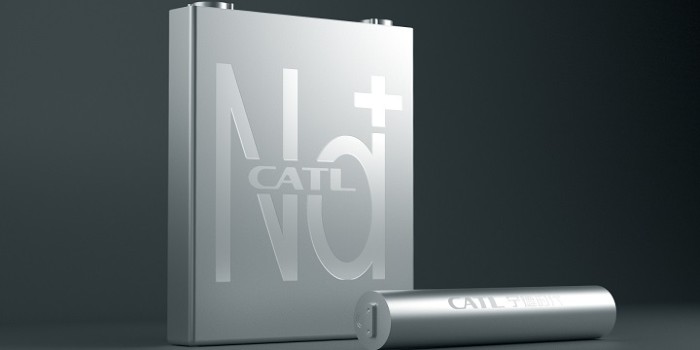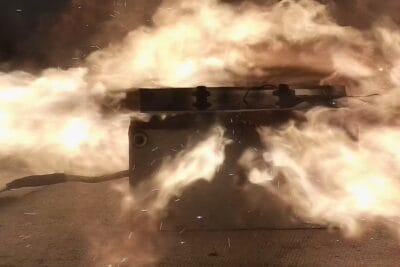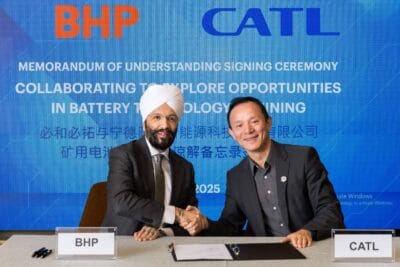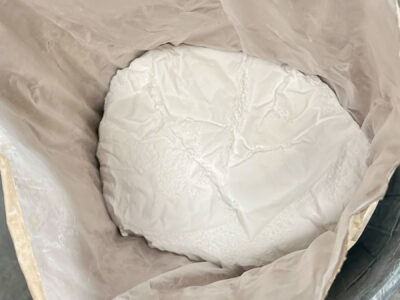CATL presents sodium-ion battery design
Chinese battery manufacturer CATL has unveiled the first generation of a sodium-ion battery developed by the company as an alternative to lithium-ion batteries and announced plans to establish a supply chain for the new technology by 2023.
CATL’s sodium-ion battery offers an energy density of up to 160 Wh/kg and can be charged to 80 per cent in 15 minutes at room temperature. For the next generation of their sodium-ion battery, CATL researchers aim for an energy density of 200 Wh/kg and more.
Compared to lithium-ion cells, sodium-ion cells have a poorer energy density – both in terms of weight and volume. In addition, there are “stricter requirements for material structure stability and dynamic behaviour”. This has also been the bottleneck in the commercial use of sodium-ion cells so far. CATL wants to have solved this with new cathode and anode materials.
CATL does not comment on the challenges of setting up the supply chain or the exact mix of materials in the announcement. It only states that sodium-ion technology has a similar operating principle to the lithium-ion battery. In addition, the production is said to be so similar that a production line can be changed over quickly – which means that production capacities can be well utilised.
According to CATL CEO Zeng Yuqun, the new sodium-ion battery is expected to offer low-temperature performance, fast-charging capability and environmental adaptability. In addition, the technology is said to be compatible with lithium-ion batteries. It should even be possible to use mixed sodium and lithium-ion batteries.
As Huang Qisen, deputy director of the CATL Research Institute, explained, the new battery is said to have a discharge retention rate of over 90 per cent even at temperatures below -20 degrees Celcius. “Despite the slightly lower energy density than the existing LFP batteries, CATL’s first-generation sodium-ion battery has outstanding advantages in low-temperature performance and charging speed, especially in extremely low temperature and high-power applications,” Huang said.
Regarding the mixed one type, the researcher explains that the intention is to mix both types of batteries in a certain ratio through a serial and/or parallel arrangement. Thus, the algorithm of the battery management system can balance the management of different battery systems. The basic idea of the mixed battery is to compensate for the current lower energy density of the sodium-ion battery and still use its advantages at high power and low temperatures.
The sodium-ion batteries are also supposed to be suitable for the cell-to-pack technology of the Chinese, in which the cells are integrated directly into the vehicle – the battery modules are omitted. This should allow more cells to be used in the same installation space, which increases the range of the vehicle. In addition, CATL has published renderings of both a prismatic cell and a round cell with the “Na+” branding – so it seems that both cell formats are possible.
gasgoo.com, yahoo.com, catl.com (in Chinese)





0 Comments